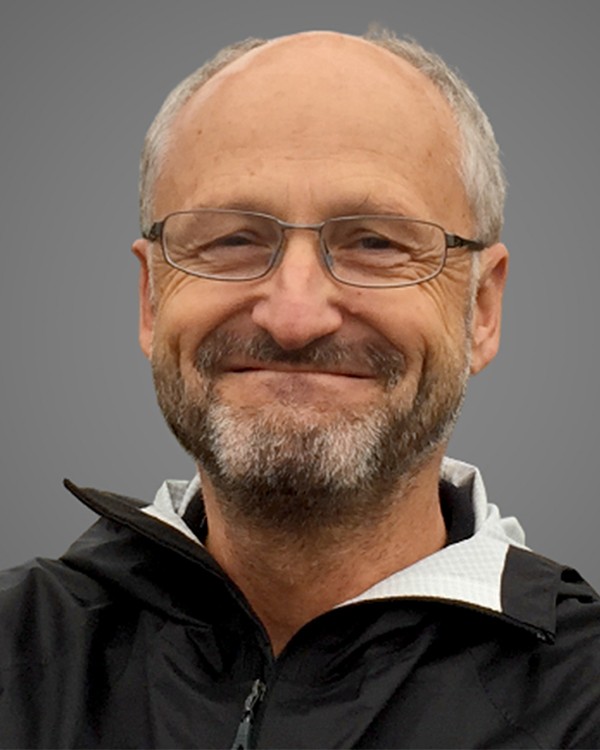
Research
Our lab is developing microscopy methods, fluorescent reporters, and perturbation technologies and we are carrying out studies in vitro in mouse and human cells, in organoids, as well as in vivo in mouse models. Our goal is to understand the fundamental cell signaling processes that originate at the plasma membrane and ultimately control cell function. Current projects focus on the structural polarization and signaling control of cell movement, on the molecular mechanisms how mammalian cells become senescent, and how cells control whether to proliferate or be quiescent. Our projects help understand how mammalian cancer cells can adapt to drug therapies and how metabolic stress of mammalian cells can lead to senescence and promote aging. A main goal of the training in our lab is to prepare students and postdocs to succeed in interdisciplinary academic and biotech careers.
Current Projects:
- Understanding how metabolic stress induces cellular senescence
- Understanding how cells become polarized to control movement
- How cells integrate signals to control proliferation
Bio
Tobias Meyer obtained his master’s degree in experimental physics from the University of Basel, Switzerland, and his Ph.D. from the Biocenter Basel in Biophysical Chemistry. He conducted his postdoctoral research with Lubert Stryer at Stanford, served as an Assistant Professor of Cell Biology at Duke, and was a Professor and Chair of Chemical and Systems Biology at Stanford. For the past few years, he has been a Professor of Cell and Developmental Biology and Biochemistry at Weill Cornell. He has trained about 50 graduate students and postdocs, over 20 of whom now hold faculty positions at various universities and research institutions.
Distinctions:
- Packard Fellow
- Elected to the American Academy of the Arts and Sciences
- Chair of the Stanford Department of Chemical and Systems Biology
- George Winzer Professor of Cell Biology at Stanford University
- Joseph Hinsey Professor in Cell & Developmental Biology at Weill Cornell
Selected Publications:
Ratnayeke N, Baris Y, Chung M, Yeeles JTP, Meyer T. 2023.Cdt1 inhibits CMG helicase in early S phase to separate origin licensing from DNA synthesis. Mol. Cell. 83, 26-42.
https://www.ncbi.nlm.nih.gov/pmc/articles/PMC7614657/pdf/EMS176983.pdf
Suski JM, Ratnayeke NJ, … Meyer T*, Sicinski P*. The role of Cdk1-cyclin B in G1/S transition revealed by chemical genetic inhibition of Cdc7. 2022. Nature. 605, 357–365. *co-corresponding authors.
https://www.ncbi.nlm.nih.gov/pmc/articles/PMC9106935/pdf/nihms-1798514.pdf
Bisaria A, Hayer A, Garbett D, Cohen D, Meyer T. 2020. Membrane proximal F-actin restricts local membrane protrusions and directs cell migration. Science. 368,1205-1210.
https://www.ncbi.nlm.nih.gov/pmc/articles/PMC8283920/pdf/nihms-1606435.pdf
Cappell SD, Mark KG, Garbett D, Pack LR, Rape M, Meyer T. 2018. EMI1 switches from being a substrate to an inhibitor of APC/CCDH1 to start the cell cycle. Nature. 558, 313-317.
https://www.ncbi.nlm.nih.gov/pmc/articles/PMC6649667/pdf/nihms-1017750.pdf
